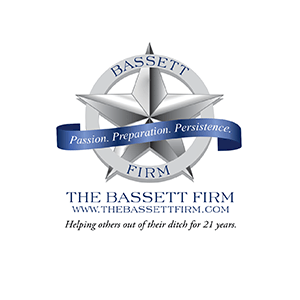In a recent judgment, the Texas Supreme Court addressed the applicability of Chapter 95 in an electrocution-injury lawsuit. The question in this case is whether a property owner has an obligation under Chapter 95 of the Civil Practice and Remedies Code to notify contractors of open and obvious hazards.
When the landowner has control over the work being done, Chapter 95 requires a landowner with actual knowledge of a harmful condition to “adequately advise” contractors of the condition. A landowner does not fail to appropriately warn a plaintiff under Chapter 95 where the harmful condition is manifestly open and evident, as is the prevailing rule at common law.
SandRidge Energy contracted OTI Energy Services to modify electrical distribution lines in Andrews County that were related to its oil and gas operations. John Barfield worked as an OTI lineman on a group that was tasked with installing a neutral line to powered overhead lines carried by existing electric poles. Barfield used a specialized instrument to de-energize the lower portion of the poles as part of his task. Because SandRidge failed to de-energize the overhead lines, Barfield had to work within four feet of them. Barfield encountered a stuck hot tap after executing this work “hundreds of times.” He received severe electrical shock injuries while attempting to loosen it.
Barfield sued SandRidge for negligence, who claimed in his petition that SandRidge could not establish a defense under Chapter 95 of the Texas Civil Practice and Remedies Code because SandRidge had control over the manner in which he performed the work, was aware of the dangerous condition, and failed to adequately warn Barfield of it.
First, SandRidge claimed that under Chapter 95, it had no obligation to tell Barfield about the presence of electrical cables because Barfield was fully aware of their existence. According to SandRidge, a property owner has no need to advise a business invitee of open and obvious hazards that the invitee is well aware of. Second, SandRidge said that because of its agreement with OTI, SandRidge did not exercise or maintain control over Barfield’s activities, as required by Chapter 95. SandRidge admitted that it was aware of Barfield’s activity on electrified lines.
The Supreme Court held that (1) the owner was not liable for lineman’s personal injuries under a statute prohibiting property owners from being held liable for injuries suffered by contractors or their employees as a result of the owner’s failure to provide a safe workplace, and (2) the necessary-use exception to the open and obvious doctrine did not render the property owner liable to the power lineman for his personal injuries.
Takeaways:
- One who hires an independent contractor generally expects the contractor to take into account any open and obvious premises defects in deciding how the work should be done, what equipment to use in doing it, and whether its workers need any warnings.
- To invoke the necessary-use exception, a plaintiff must show that the landowner would anticipate that the invitee is “unable to take measures to avoid the risk.”

